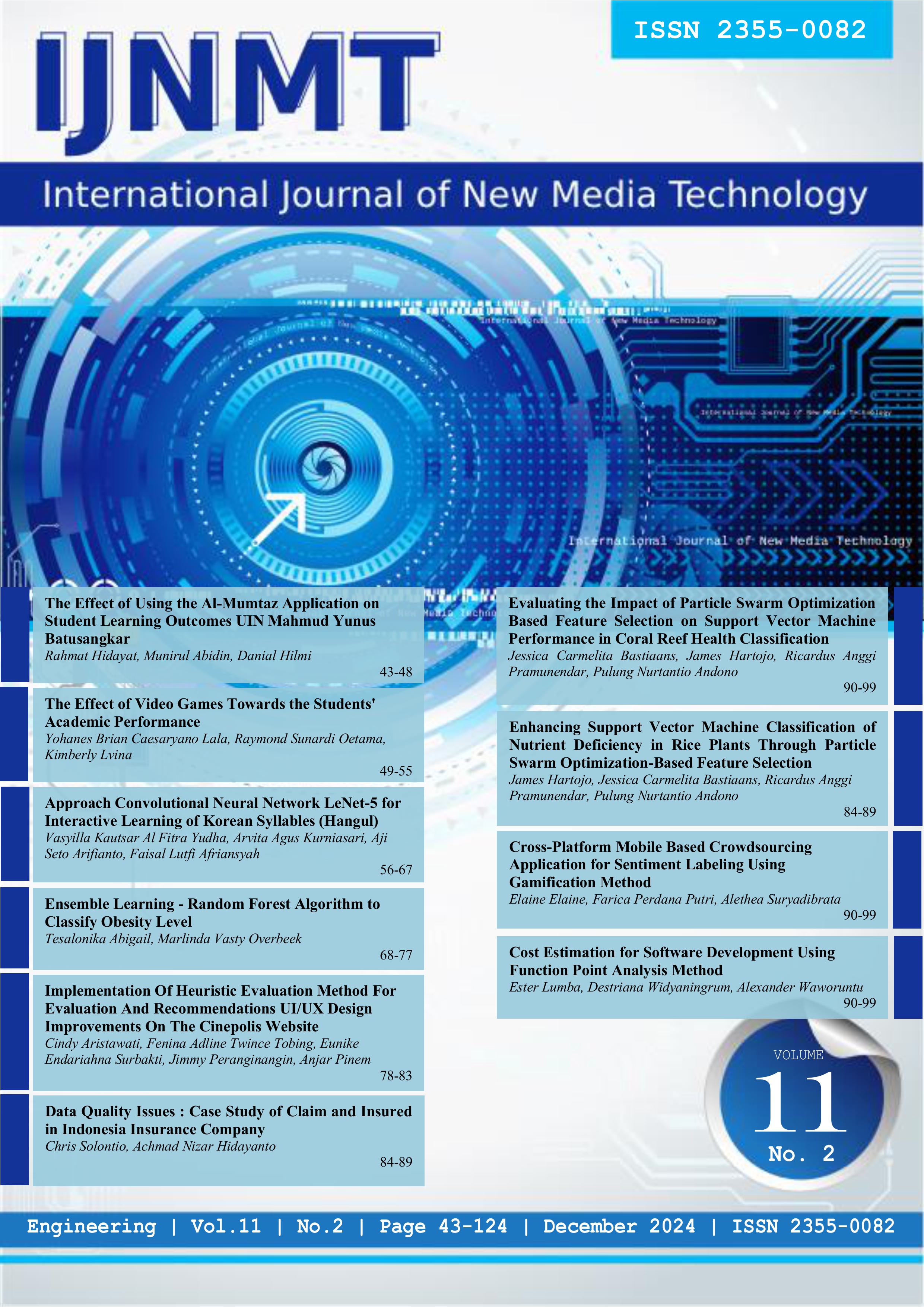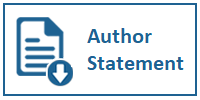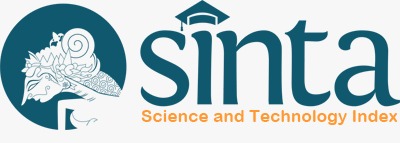IMPLEMENTATION OF HEURISTIC EVALUATION METHOD FOR EVALUATION AND RECOMMENDATIONS UI/UX DESIGN IMPROVEMENTS ON THE CINEPOLIS WEBSITE
DOI:
https://doi.org/10.31937/ijnmt.v11i2.3736Abstract
UI/UX is one of the most important elements of a website. One of the tasks of UI/UX is to make it easier to achieve a goal that the user wants. Cinépolis is a cinema that has been established in Indonesia since 2014. Cinépolis then launched its own website to make it easier for users to view movie information and order tickets. Based on the questionnaires that have been distributed and calculated using the System Usability Scale or SUS method, the Cinépolis website gets a score of 54.03 and is below the SUS standard of 68. The predicate obtained from the Cinépolis website is grade D with the predicate Poor. Heuristics are methods for finding interface problems to improve usability and user experience. The joint evaluation of 2 evaluators showed that there were 20 problems on the Cinépolis website based on 10 heuristic principles, while the evaluation of the Cinépolis website improvement prototype with 1 other evaluator found 5 problem findings based on 10 heuristic principles on the Figma prototype. The prototype that has been implemented gets a final score of 88.01 using the SUS calculation based on the questionnaire data that has been distributed. The final predicate obtained from the Cinépolis repair website is grade A with the predicate of Excellent.
Downloads
Downloads
Published
How to Cite
Issue
Section
License
Authors retain copyright and grant the journal right of first publication with the work simultaneously licensed under a Creative Commons Attribution-ShareAlike International License (CC-BY-SA 4.0) that allows others to share the work with an acknowledgement of the work's authorship and initial publication in this journal.
Authors are able to enter into separate, additional contractual arrangements for the non-exclusive distribution of the journal's published version of the work (e.g., post it to an institutional repository or publish it in a book), with an acknowledgement of its initial publication in this journal.
Copyright without Restrictions
The journal allows the author(s) to hold the copyright without restrictions and will retain publishing rights without restrictions.
The submitted papers are assumed to contain no proprietary material unprotected by patent or patent application; responsibility for technical content and for protection of proprietary material rests solely with the author(s) and their organizations and is not the responsibility of the IJNMT or its Editorial Staff. The main (first/corresponding) author is responsible for ensuring that the article has been seen and approved by all the other authors. It is the responsibility of the author to obtain all necessary copyright release permissions for the use of any copyrighted materials in the manuscript prior to the submission.















